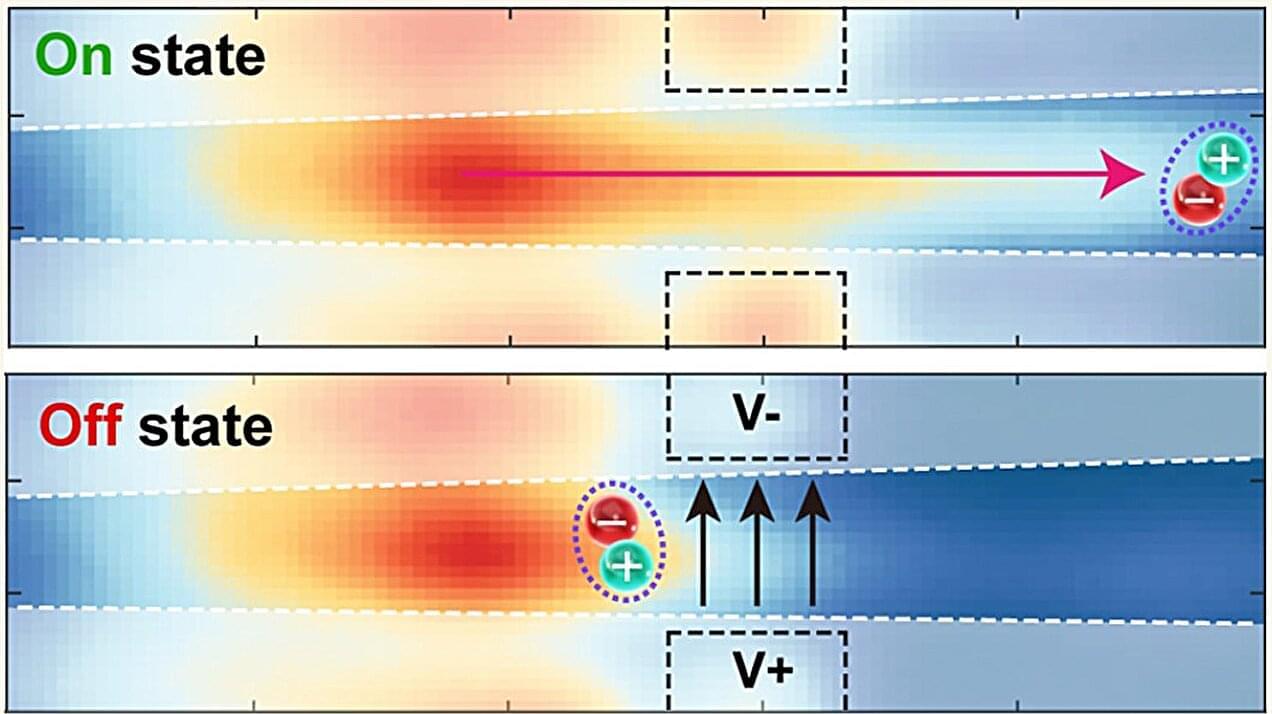Electronic devices lose energy as heat due to the movement of electrons. Now, a breakthrough in nanoengineering has produced a new kind of switch that matches the performance of the best traditional designs while pushing beyond the power-consumption limits of modern electronics.
Researchers from the University of Michigan have achieved what scientists have been trying to execute for a long time: designing electronics that harness excitons—pairs of an electron and a corresponding hole (a missing electron) bound together forming a charge-neutral particle—instead of electrons.
The newly designed nanoengineered optoexcitonics (NEO) device featured a tungsten diselenide (WSe2) monolayer on a tapered silicon dioxide (SiO2) nanoridge. The switch achieved a 66% reduction in losses compared to traditional switches while surpassing an on–off ratio of 19 dB at room temperature, a performance that rivals the best electronic switches available on the market.
